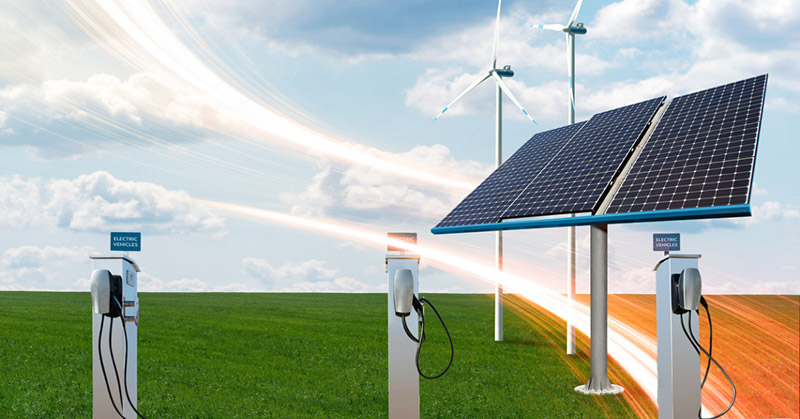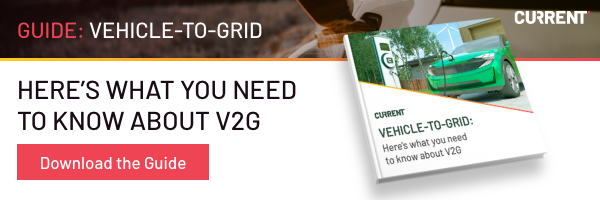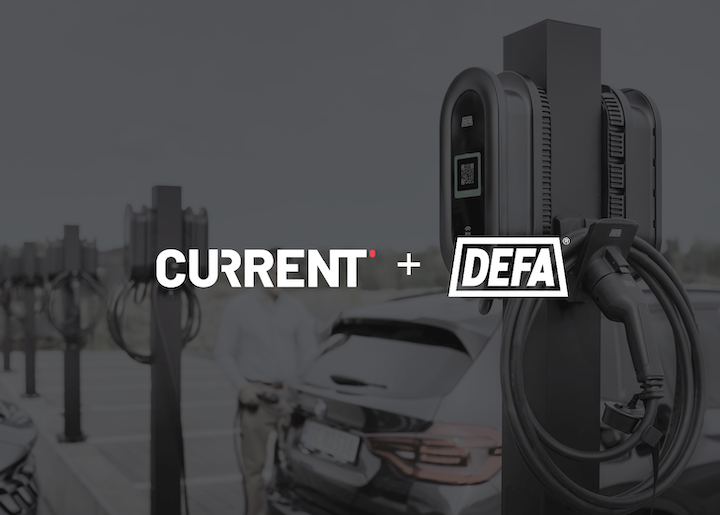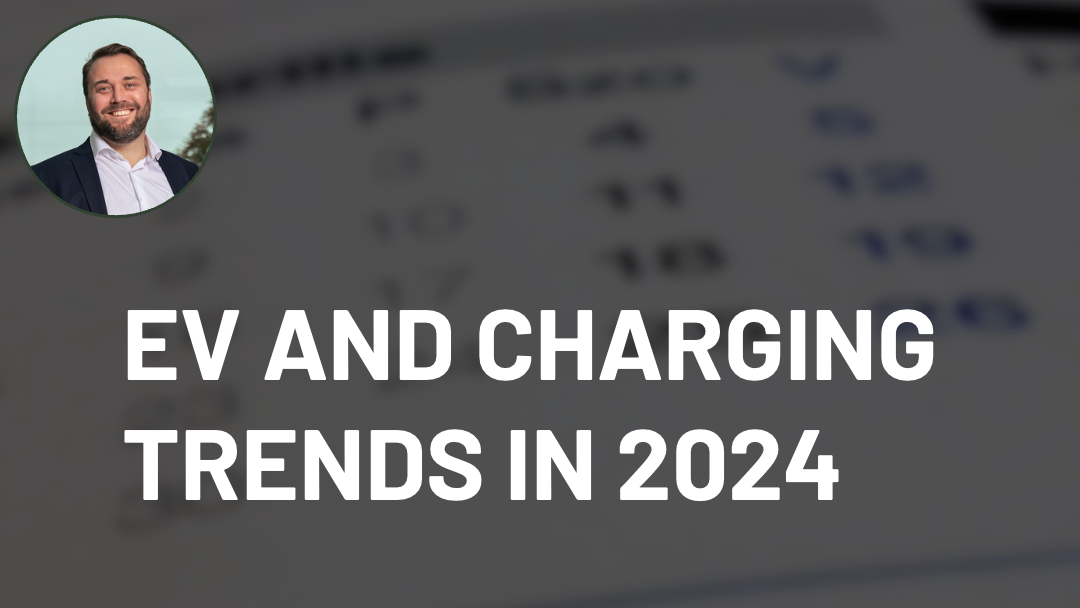
As experts in electric mobility, decarbonization is naturally a primary focus for us at CURRENT. Here in Norway, we have a national target to reduce greenhouse gas emissions by at least 40% by 2030 compared to 1990 levels, and the country – like most of the world – has ratified the 2015 Paris Agreement. All environmentally conscious businesses are aiming for carbon neutrality, and those who aren’t actively environmentally conscious clearly aren’t paying attention. We all have our part to play.
The bare bones of what CURRENT contributes to decarbonization is that we’re helping replace fossil fuel cars with electric cars by charging them through our state-of-the-art platform, but it’s a huge topic and there’s so much more to it. CURRENT sits in the middle of the EV ecosystem, connecting different stakeholders to the business. Being in the middle means we’ve created a way for the charge point manufacturers, charge point operators, and installers of the hardware to meet and help them grow their network of touch points. In doing that, we’re also able to provide EV drivers with an extensive network of charge points.
All of this is the straightforward, practical part of how we’re improving decarbonization. The other side of it is the work we’re doing to efficiently exploit renewable energy, like with vehicle-to-grid (V2G). V2G means we can use car batteries to store excess capacity, charging and discharging the battery as necessary. It allows not only the charging of vehicles using solely sustainable energy – such as solar or wind – but provides a way of using the vehicle as what it is in its simplest form: a battery. V2G means you can use vehicles to power buildings, energy can be shared between multiple vehicles, and it can even be fed back into the grid during peak times.
The power of V2G
At CURRENT, we’re working on utilizing V2G in a big way. We run one of the largest single destination charging facilities in Europe – Oslo International Airport – and together with our partner OnePark, we’re at the start of developing a concept where we will offer free parking to EV drivers who are going away on holiday. Best case scenario would be that not only would they not have to pay, but we would potentially offer to wash the vehicle and, of course, it would be fully charged when they get back. In return, we would have full access to their battery to charge and discharge as required and feed a lot of energy back into the airport to help it run, all done in a way that doesn’t harm or reduce the lifespan of the battery.
This is exactly the kind of move that will encourage EV adoption – something we need to encourage all over the world if we’re going to meet decarbonization goals. It’s understandable that many people’s first question when it comes to EV ownership is, “How does it benefit me as an individual?” We’ve conducted a lot of questionnaires regarding what would make people buy an EV over a fossil fuel car, and one of the highest priorities is always economy. The example of the airport car park feeds into this; airport parking can be very expensive and making it potentially free is extremely attractive to any driver.
The issue of EV adoption
Predominantly, EVs need to be cheaper to buy to boost adoption. The environmental issue also ranks very highly, but it doesn’t overtake the question of the economy. In Norway, we’re quite fortunate in that we have a lot of subsidising schemes in order to make buying an EV more affordable and attractive, and that’s the key – governments need to put their money where their mouths are and actually make it easier for people to buy EVs. Just putting decarbonization goals in place isn’t enough if they’re not going to incentivize people to buy greener cars.
The key to widespread adoption is having public opinion on your side, but messaging from influential entities is a major part of what encourages that. The bigger the voices of organizations – such as the Norwegian Electric Vehicle Association, which has around 100,000 members and which people are offered the opportunity to enroll in as soon as they buy an EV – the more effectively the voices of those spreading misinformation are drowned out. I think we’ll soon see other countries grow major national organizations that support and connect EV drivers, and that will continue to drive adoption.
The barriers
In the business enterprise world, where the majority of decarbonization efforts inevitably take place, there are obviously still barriers to decarbonization. Many companies with fleets are doing very soft launches of EVs because everything from taxes, to transport of goods, to simply making sure the vehicles are available can be barriers. A lot of companies are also waiting for the batteries in EVs to be improved in terms of range and how fast they can be charged.
When it comes to residential car ownership – i.e., you or I considering an EV – again, it comes back to economy and attitude. But more and more, opinions are changing and that’s filtering down from top leadership positions. For every negative news story where a minor element of EV ownership is blown out of proportion, there are two success stories – and all the while, EV technology is improving.
Norway is making many of the right moves when it comes to decarbonization and EV adoption. There are now approximately 25,000 public EV chargers in the country and 470,000 EVs on the road with approximately the same amount of private EV chargers; having the infrastructure to support those vehicles is going to be key for the future of decarbonization in Europe and across the world, and it’s where many countries are lagging behind.
We’ve got a pretty strong grid in Norway, but in some cases, the grid needs to be made more robust to handle the future of mobility and make sure the infrastructure is supported – but this is where advances like V2G come in and connect the dots.
The fact is that everyone has the capacity to contribute to decarbonization, no matter how small the scale. Owning an EV certainly gives you additional options, because that vehicle acts as an energy storage center, but in each and every home and business, the way you think about how you use energy makes a difference. If you’d like to learn more about decarbonization in the automotive industry, get in touch here.




